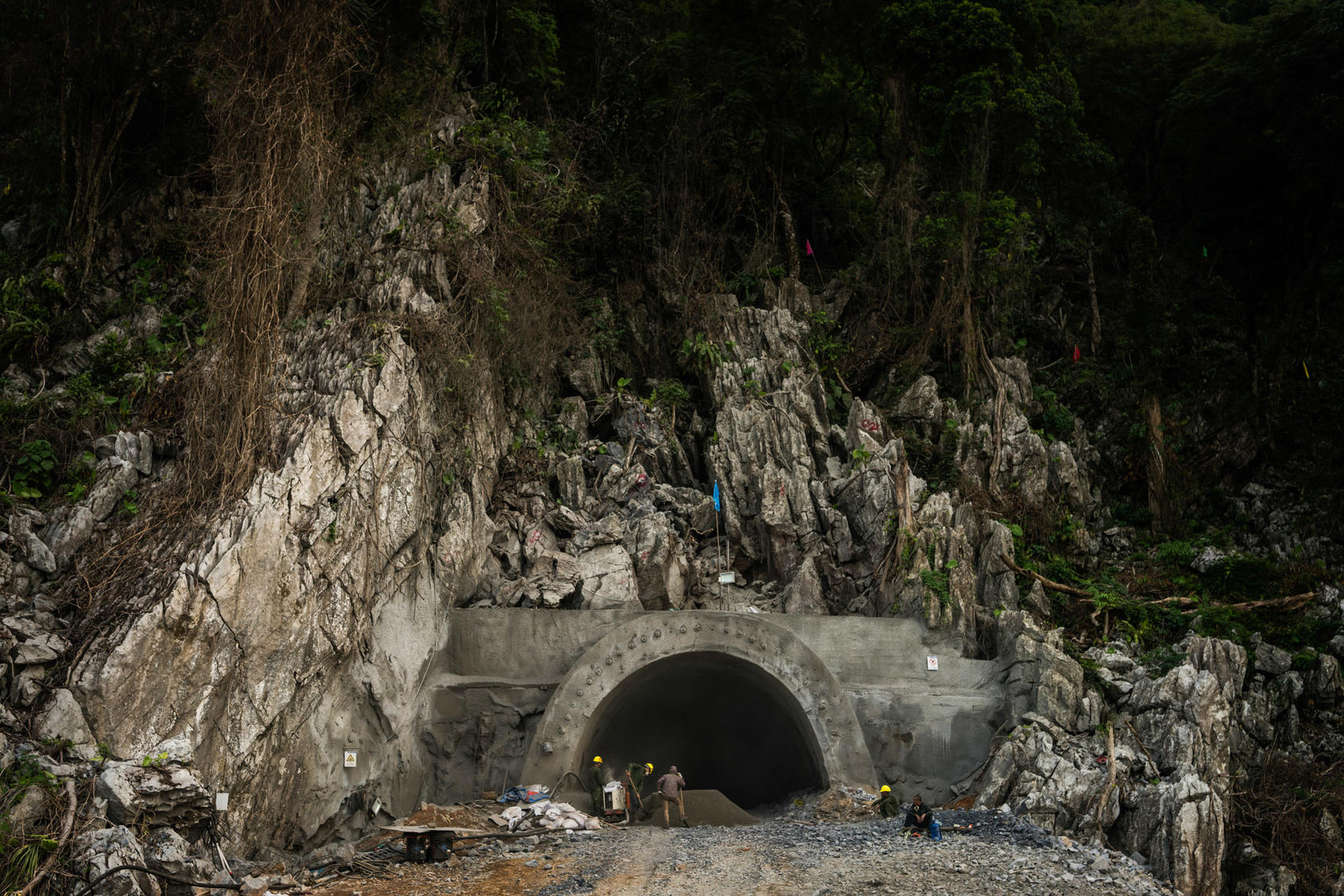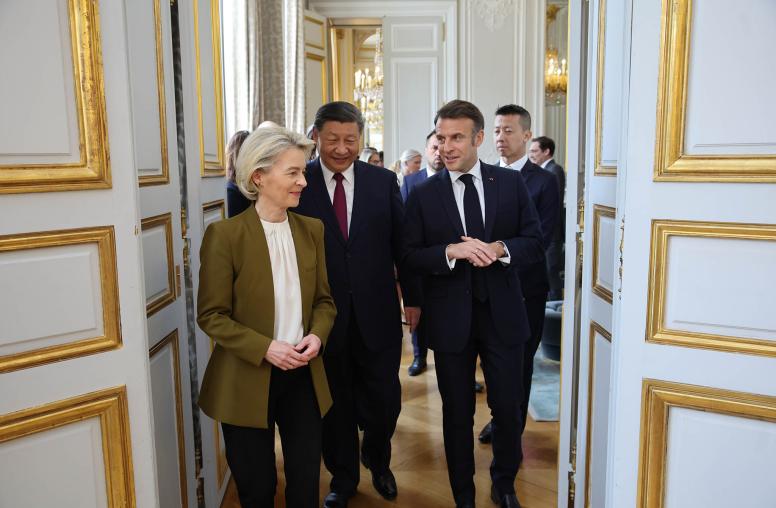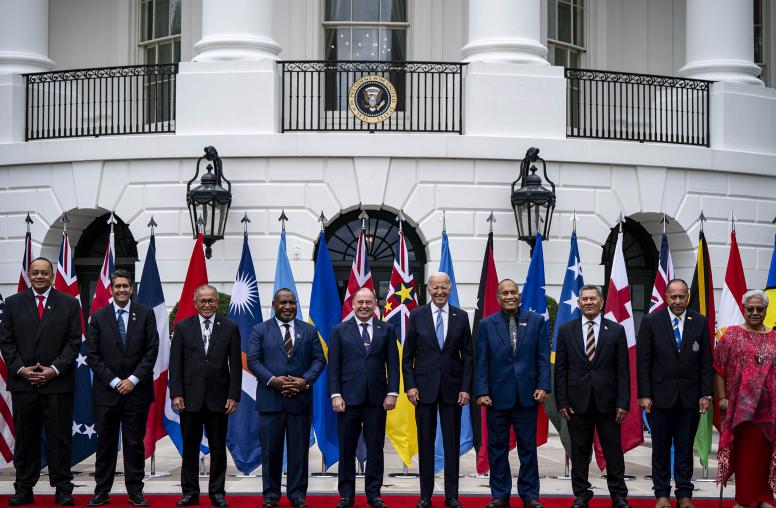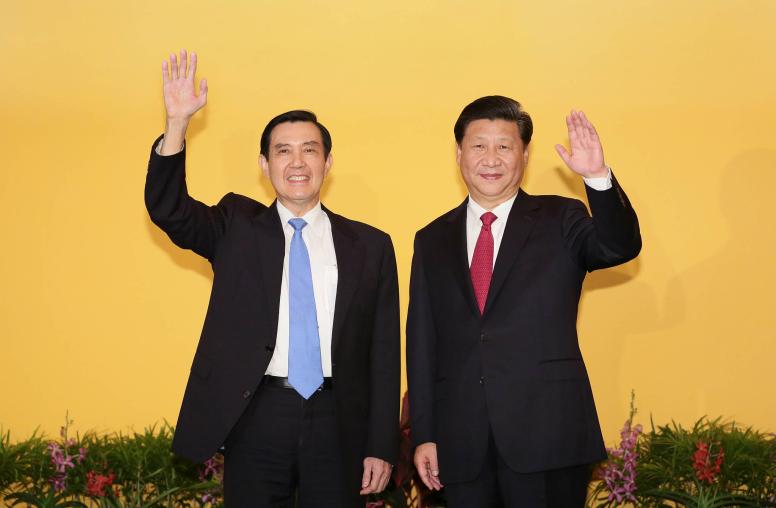China’s “Belt and Road” infrastructure and investment plan is sending Chinese state-owned enterprises to build roads, ports, railways and other projects in areas that more risk-averse companies traditionally avoid. From Asia to Africa, this massive initiative increasingly will engage China in areas afflicted by violent conflict.

China has promised that Belt and Road investments will promote peace and development. While major investment and infrastructure projects often can aggravate local conflicts, and ignite or worsen violence, China has vowed that its projects will not do so. How can countries facing violent conflicts ensure that they don’t? Early experiences of three Asian countries show that this task is not simple. Even getting the projects implemented can be difficult in countries facing, or recovering from, violent conflict.
In Pakistan, the government is working forcefully to ensure the completion of Chinese-funded projects. These include a deep-water port on the coastline of Baluchistan province, and highways and hydropower projects from the Indian Ocean to southwest China. Unresolved domestic conflicts have been a complication. Many ethnic Baluch resist the projects in their province, and parts of northwest Pakistan alongside this zone of investment have seen repeated violence by Taliban militants. Pakistan has responded by forming special security units—at least 9,000 army soldiers and 3,000 paramilitary personnel—to protect Belt and Road projects. And China has had to weigh in on domestic political developments in Pakistan, publicly pressing politicians to resolve differences over the project.
In Burma and Sri Lanka, governments have been unable to muster enough of a consensus to complete Belt and Road projects. Major Chinese-led investments were put on hold when newly elected governments opposed the deals put in place by their predecessors.
In Sri Lanka, the current leadership was elected on a platform that opposed China’s development of the port at the city of Hambantota. The government halted the project and negotiated a new agreement, signed in July – but even the new deal was met by protests in the streets of Colombo. And Burma’s Myitsone Dam, in Kachin state, site of a civil war between the government and ethnic armed organizations, remains on hold after the deal to build it was scrapped in the midst of the country’s political transition from military rule.
Projects also have stalled in the face of persistent opposition from local populations. After a decade of delays and opposition, China and Burma recently reached agreement on a pipeline to pump oil to China’s Yunnan province from Kyaukphyu in Burma’s conflict-riven Rakhine state. And the Letpadaung copper mine has been shipping copper since 2016, but only after being delayed for years by protests of nearby residents, which continue.
What do these experiences mean for other countries that are experiencing or recovering from violent conflict, and that might host future Belt and Road projects?
Above all, political leadership and strong institutions are essential for making the projects effective, efficient, and sustainable over the long term. To pave the way for a successful project, a host government must be transparent and work cooperatively with local stakeholders to ensure that their concerns are reflected in the final agreement. The host government needs to identify its objectives and needs in advance so it is prepared to promote and protect those interests in the initial contracts. It should build a network of supporters to help monitor developments and ensure a project’s success.
China’s overseas investment has the potential to bring economic growth and prosperity to countries that really need it. Local governments can increase the odds of achieving those goals if they study and learn from the projects already underway.



